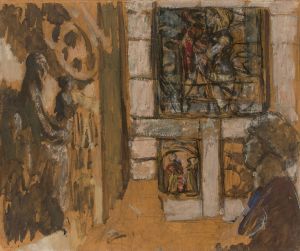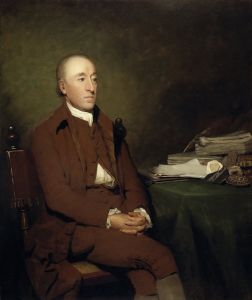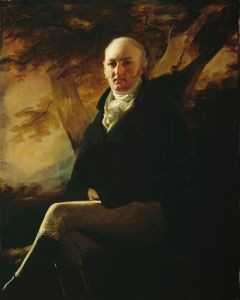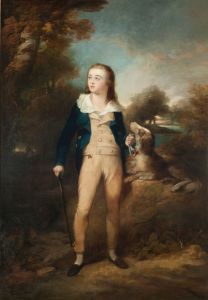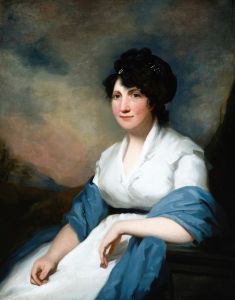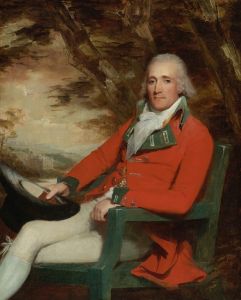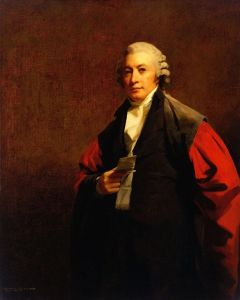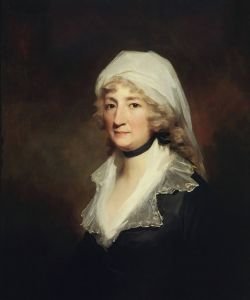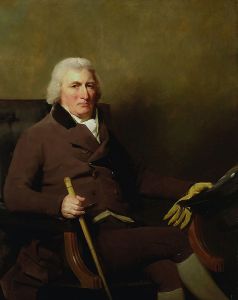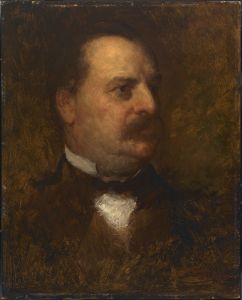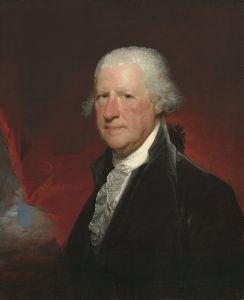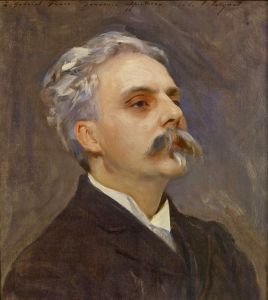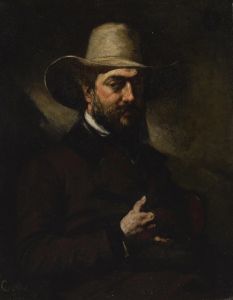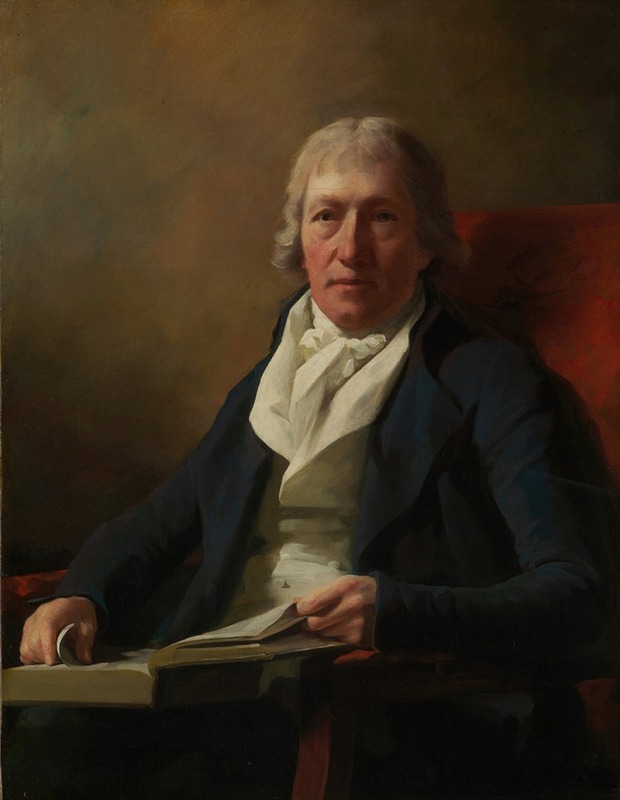
James Johnston of Straiton
A hand-painted replica of Sir Henry Raeburn’s masterpiece James Johnston of Straiton, meticulously crafted by professional artists to capture the true essence of the original. Each piece is created with museum-quality canvas and rare mineral pigments, carefully painted by experienced artists with delicate brushstrokes and rich, layered colors to perfectly recreate the texture of the original artwork. Unlike machine-printed reproductions, this hand-painted version brings the painting to life, infused with the artist’s emotions and skill in every stroke. Whether for personal collection or home decoration, it instantly elevates the artistic atmosphere of any space.
"James Johnston of Straiton" is a portrait painted by the renowned Scottish artist Sir Henry Raeburn. Raeburn, born in 1756 in Edinburgh, is celebrated for his exceptional skill in portraiture, capturing the essence of Scotland's elite during the late 18th and early 19th centuries. His works are characterized by their vivid realism and insightful representation of the sitter's personality.
The subject of this particular painting, James Johnston of Straiton, was a member of the Scottish gentry. Straiton is a small village located in South Ayrshire, Scotland, known for its picturesque landscapes and historical significance. The Johnston family was among the notable families in the region, and commissioning a portrait by Raeburn would have been a testament to their social standing and wealth.
Raeburn's portraits are distinguished by their use of light and shadow, as well as their naturalistic depiction of the human form. In "James Johnston of Straiton," Raeburn employs these techniques to bring out the character and stature of Johnston. The painting likely features Johnston in contemporary attire, reflecting his status and the fashion of the period. Raeburn's ability to capture the texture of fabrics and the subtle expressions of his subjects is evident in this work.
The background of Raeburn's portraits often consists of muted tones, which serve to highlight the sitter. This technique draws the viewer's attention directly to the subject's face, emphasizing their features and expression. Raeburn's mastery in this area contributes to the timeless quality of his portraits, allowing them to resonate with viewers even centuries after their creation.
Raeburn's influence on Scottish art was profound, and his portraits remain highly regarded for their artistic and historical value. His works provide insight into the lives and appearances of Scotland's influential figures during a time of significant social and economic change. The portrait of James Johnston of Straiton is a valuable piece within this context, offering a glimpse into the life of a Scottish gentleman of the era.
Today, Raeburn's paintings are held in high esteem and can be found in major art collections and museums around the world. They continue to be studied for their artistic merit and historical significance, contributing to our understanding of Scottish culture and society during Raeburn's lifetime.
In summary, "James Johnston of Straiton" by Sir Henry Raeburn is a fine example of the artist's work, showcasing his ability to capture the essence of his subjects with precision and sensitivity. The painting not only reflects the individual character of James Johnston but also serves as a testament to Raeburn's enduring legacy in the world of portraiture.





